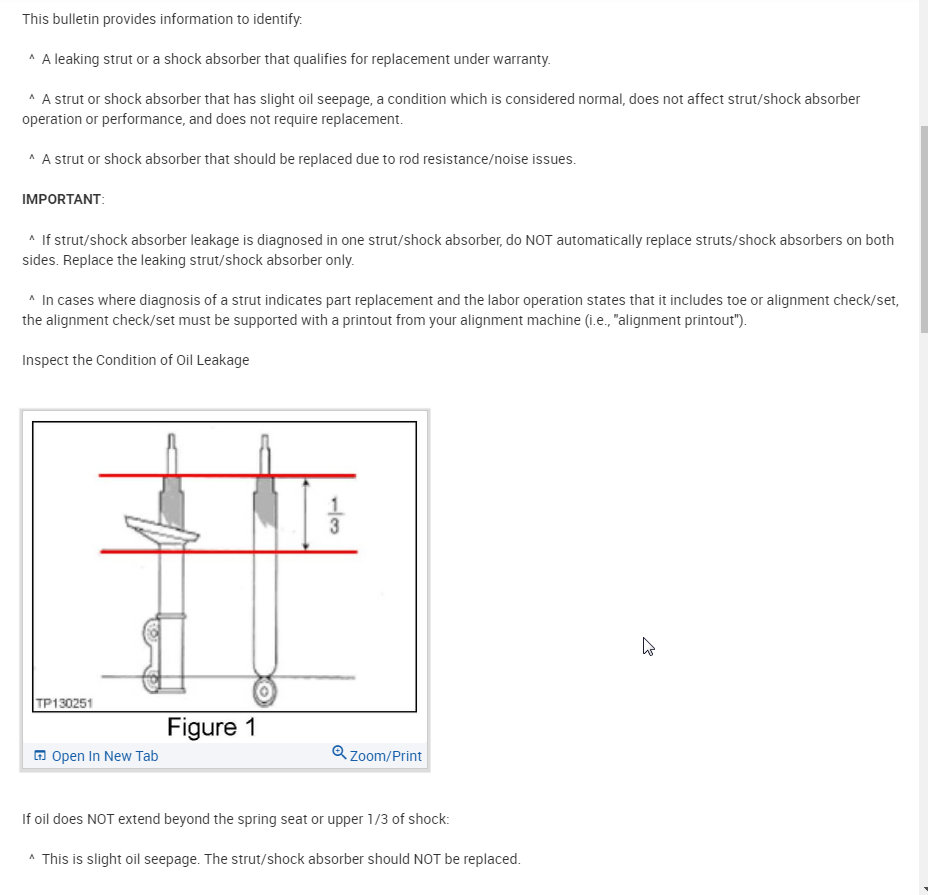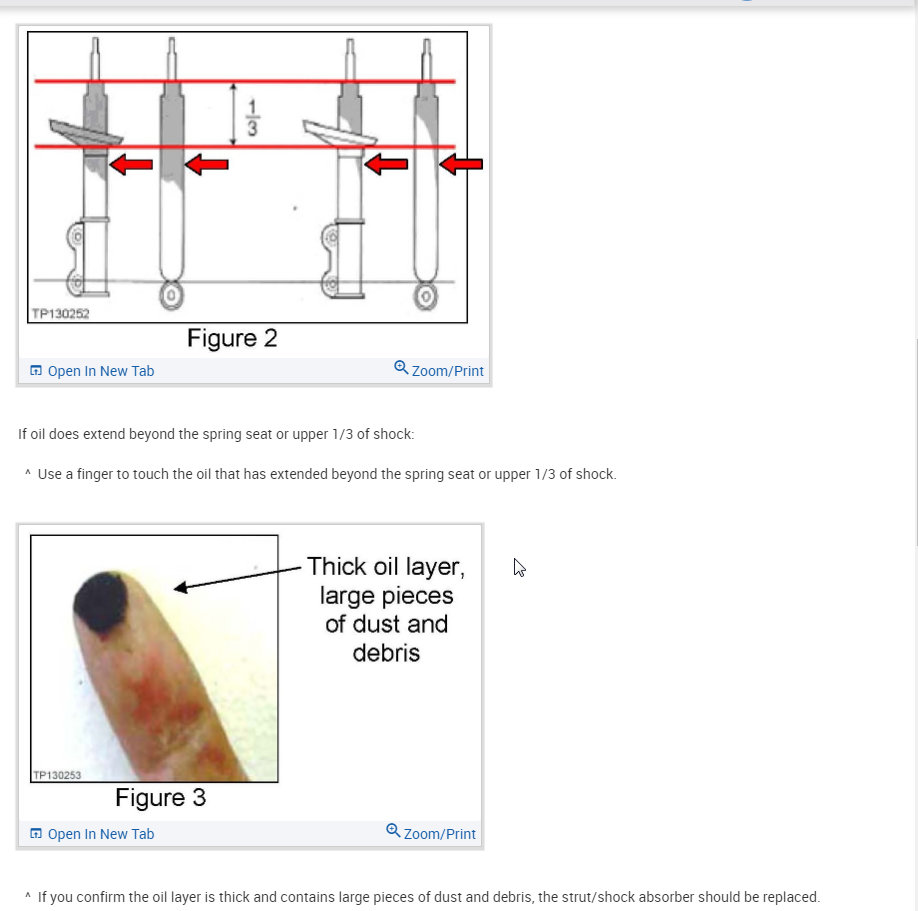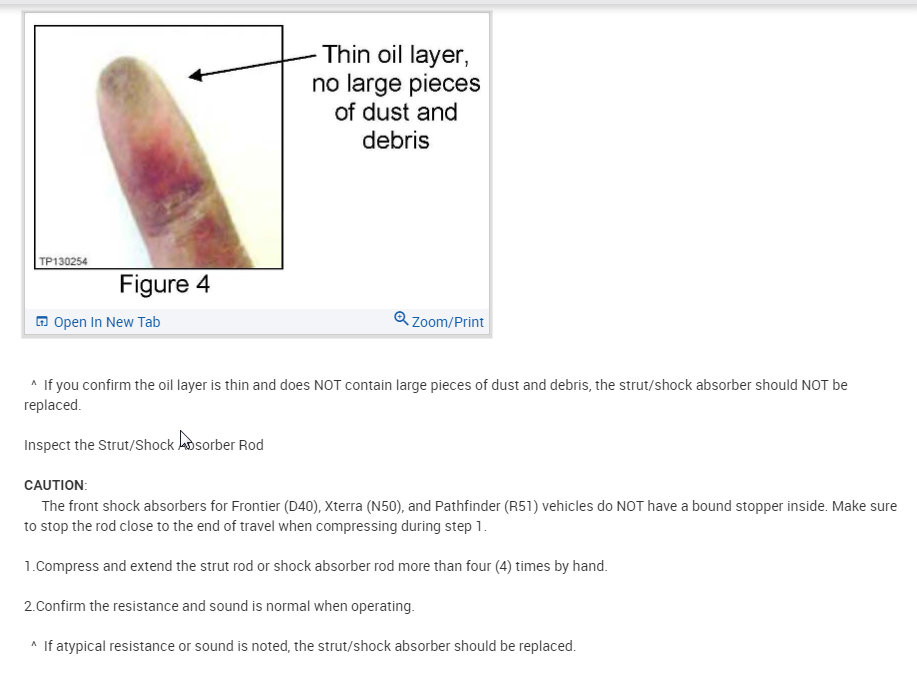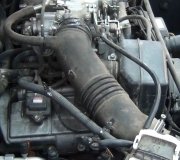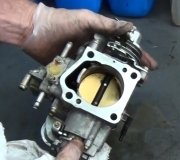You're describing the common symptoms of a tire with a broken belt. Sometimes you can feel the bulge in the tread, but be very careful when running your hand around the tread as there are often steel wires sticking out and they really hurt when they poke you.
The next step is to raise the tires off the ground, then spin them while watching the tread. You can run the engine, in gear, with the tires off the ground, to watch the driving tires. Non-driving tires can be spun by hand. The easiest broken belts to identify will cause the tread to have a visible hump on one side, in one area. When the belt is really badly broken, the tread will squirm sideways as you rotate the tire.
There's another type of broken belt that is real hard to find. You have to watch the grooves in the tread, not the tread surface itself. If the belt breaks slowly over many weeks or months, the bulge develops slow enough that the high spot wears down from normal driving. Where a bulge in the tread causes that corner of the car to jump up when it hits the road surface, this more subtle type of break isn't able to support the weight of the car, so that corner drops down a little once per tire revolution. It still feels wobbly at low speeds, but you won't notice much of a problem at highway speeds.
If you can't find the broken belt, have the tires inspected at any tire and alignment shop. The people there are experts at finding causes of vibrations, noises, and tire wear problems. A dragging brake can cause similar symptoms, but that is usually felt only at higher speeds. When it's bad enough, it can cause a faily hard shake in the steering wheel.
Wednesday, August 28th, 2019 AT 4:32 PM
